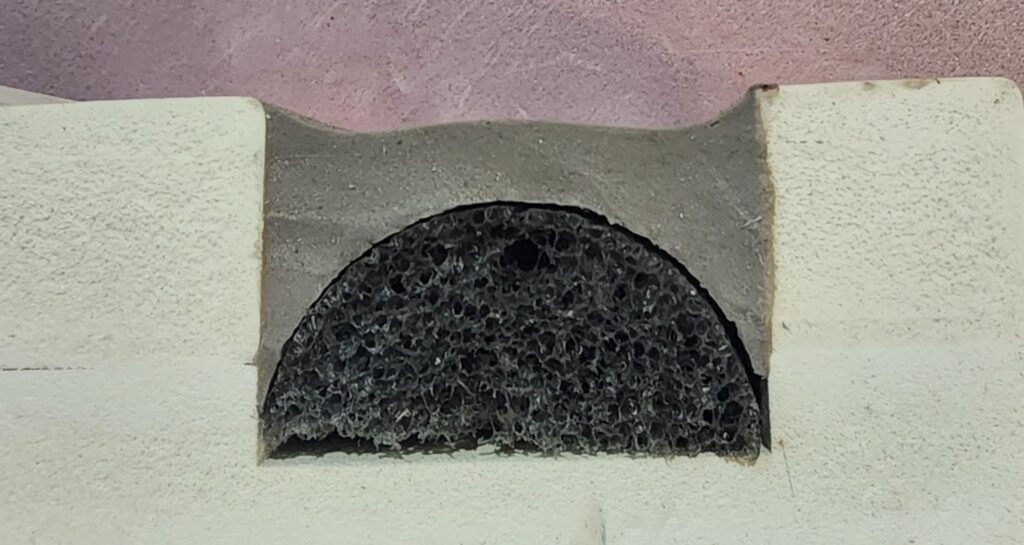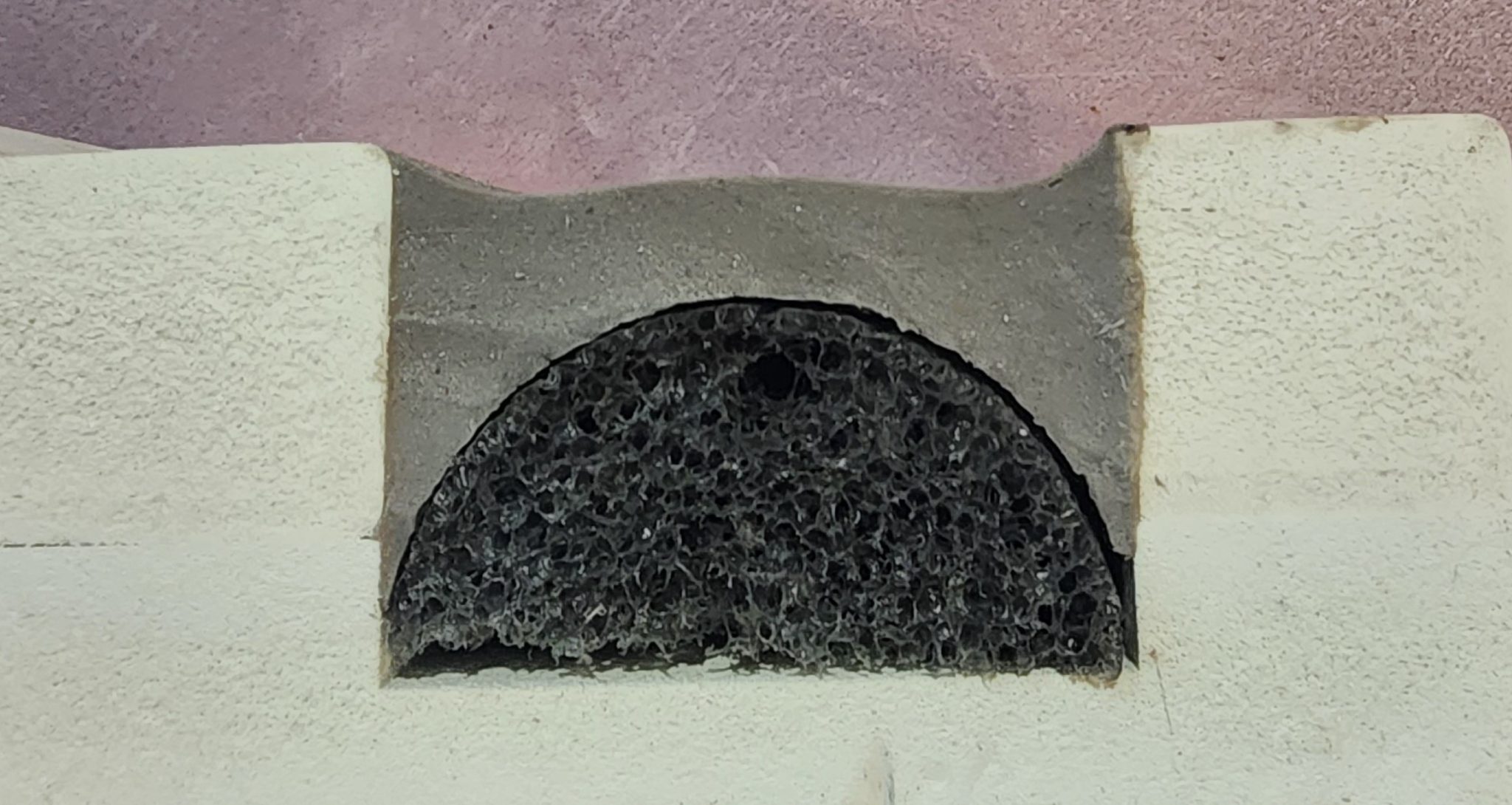
The Ultimate Guide to Caulking Solvents: Choosing the Right One and Using It Safely
Caulking is a common task in home improvement and construction, used to seal gaps and joints against water, air, and pests. However, mistakes happen, or old caulk needs to be removed. That’s where caulking solvent comes in. This comprehensive guide will explore everything you need to know about caulking solvents, from choosing the right type to using them safely and effectively.
What is Caulking Solvent?
A caulking solvent is a chemical solution designed to soften or dissolve caulk, making it easier to remove from surfaces. These solvents work by breaking down the chemical bonds within the caulk, weakening its adhesion and allowing it to be scraped or peeled away. Understanding the different types of caulk and their corresponding solvents is crucial for successful removal.
Types of Caulking and Corresponding Solvents
Several types of caulk are commonly used, each with varying chemical compositions. Selecting the appropriate caulking solvent is essential to avoid damaging the underlying surface.
Acrylic Latex Caulk
Acrylic latex caulk is water-based and relatively easy to remove. Often, warm water and a scraper are sufficient. However, for stubborn residues, specialized acrylic caulking solvents are available. These solvents are typically less harsh than those used for other types of caulk.
Silicone Caulk
Silicone caulk is known for its durability and water resistance, making it more challenging to remove. Specific silicone caulking solvents are formulated to break down the silicone polymers. These solvents often contain chemicals like mineral spirits or xylene. Careful application and ventilation are important when using silicone caulking solvent.
Polyurethane Caulk
Polyurethane caulk is incredibly strong and flexible, often used in construction and automotive applications. Removing polyurethane caulk requires potent caulking solvents designed to dissolve its robust chemical structure. These solvents may contain stronger chemicals, necessitating extra precautions during use.
Choosing the Right Caulking Solvent
Selecting the correct caulking solvent is critical for efficient caulk removal and preventing damage to the underlying surface. Consider the following factors:
- Type of Caulk: Identify the type of caulk you’re dealing with. Using the wrong solvent can be ineffective or even damage the surface.
- Surface Material: Consider the material the caulk is adhered to. Some solvents can damage certain surfaces like plastic, painted surfaces, or delicate finishes. Always test the solvent in an inconspicuous area first.
- Safety: Choose a caulking solvent with lower VOCs (volatile organic compounds) when possible. Ensure adequate ventilation and wear appropriate protective gear.
- Effectiveness: Read reviews and compare the effectiveness of different solvents. Some solvents are formulated for specific types of caulk and may work better than general-purpose options.
How to Use Caulking Solvent Safely and Effectively
Using caulking solvent requires careful attention to safety and proper application techniques. Follow these steps for safe and effective caulk removal:
- Gather Your Supplies: You’ll need the appropriate caulking solvent, a scraper (plastic or metal, depending on the surface), a utility knife, safety glasses, gloves, and adequate ventilation.
- Prepare the Area: Protect surrounding surfaces with drop cloths or plastic sheeting. Open windows and doors to ensure good ventilation.
- Score the Caulk: Use a utility knife to score along the edges of the caulk. This helps the solvent penetrate more effectively.
- Apply the Solvent: Follow the manufacturer’s instructions for applying the caulking solvent. Typically, you’ll apply it liberally to the caulk and allow it to sit for a specified amount of time (usually 15-30 minutes).
- Remove the Caulk: Use a scraper to gently remove the softened caulk. If the caulk is particularly stubborn, reapply the solvent and wait longer.
- Clean the Surface: Once the caulk is removed, clean the surface with a suitable cleaner to remove any remaining residue.
- Dispose of Waste Properly: Dispose of used solvent and caulk according to local regulations.
Safety Precautions When Using Caulking Solvents
Caulking solvents can contain hazardous chemicals, so it’s essential to take proper safety precautions:
- Ventilation: Always work in a well-ventilated area to avoid inhaling harmful fumes.
- Protective Gear: Wear safety glasses and gloves to protect your eyes and skin from chemical exposure.
- Read the Label: Carefully read and follow the manufacturer’s instructions and safety warnings.
- Avoid Contact: Avoid direct contact with skin and eyes. If contact occurs, rinse immediately with plenty of water.
- Storage: Store caulking solvents in a cool, dry place, away from children and pets.
- Flammability: Be aware of the flammability of the solvent and keep it away from open flames and heat sources.
Common Mistakes to Avoid
Even with careful planning, mistakes can happen when using caulking solvents. Here are some common pitfalls to avoid:
- Using the Wrong Solvent: As mentioned earlier, using the wrong solvent can be ineffective or damaging. Always identify the type of caulk first.
- Insufficient Ventilation: Working in a poorly ventilated area can lead to the buildup of harmful fumes.
- Damaging the Surface: Using excessive force or an inappropriate scraper can damage the underlying surface.
- Ignoring Safety Precautions: Neglecting safety precautions can lead to chemical exposure and injury.
- Not Allowing Enough Time: Rushing the process can result in incomplete caulk removal and frustration. Allow the solvent sufficient time to work.
Alternatives to Chemical Caulking Solvents
While caulking solvents are often the most effective solution, there are alternative methods for caulk removal that may be suitable in certain situations:
- Heat Gun: Applying heat to the caulk can soften it, making it easier to scrape away. Use caution to avoid overheating and damaging the surface.
- Steam: Steam can also soften caulk. A steam cleaner can be used to loosen the caulk before scraping.
- Mechanical Removal: In some cases, caulk can be removed mechanically using tools like oscillating multi-tools or specialized caulk removal tools.
Specific Caulking Solvent Products and Their Uses
Several caulking solvent products are available on the market, each with its strengths and weaknesses. Here’s a brief overview of some popular options:
- Goo Gone Caulk Remover: A popular choice for removing silicone and acrylic caulk. It’s relatively safe and effective, with a pleasant citrus scent.
- Motsenbocker’s Lift Off Caulk & Sealant Remover: A biodegradable and low-VOC option that’s effective on various types of caulk.
- 3M Caulk Remover: A professional-grade solvent designed for heavy-duty caulk removal. It’s particularly effective on silicone and polyurethane caulk.
- DAP Caulk-Be-Gone: Specifically formulated for removing DAP caulks and sealants.
Always read the product label carefully and follow the manufacturer’s instructions for best results. Consider the specific type of caulk you’re removing and the surface you’re working on when choosing a caulking solvent.
The Future of Caulking Solvents
As environmental awareness grows, the demand for eco-friendly caulking solvents is increasing. Manufacturers are developing new formulations that are less toxic and have lower VOC emissions. These newer solvents often utilize bio-based ingredients and are designed to be safer for both the user and the environment. The future of caulking solvent technology will likely focus on sustainability and improved safety without compromising effectiveness. [See also: Eco-Friendly Home Improvement Tips]
Conclusion
Caulking solvent is an indispensable tool for removing old or unwanted caulk. By understanding the different types of caulk, choosing the right solvent, and following safety precautions, you can effectively remove caulk without damaging the underlying surface. Whether you’re a seasoned DIY enthusiast or a professional contractor, mastering the art of using caulking solvents will save you time, effort, and potential headaches. Remember to prioritize safety, read product labels carefully, and always work in a well-ventilated area. With the right knowledge and tools, you can achieve a clean and professional finish every time. The proper use of a caulking solvent is key for many renovation projects. Don’t forget the importance of selecting a caulking solvent that works with your particular type of caulk. Choosing the right caulking solvent makes all the difference. Proper ventilation is essential when using any caulking solvent. Always prioritize safety when working with caulking solvent. Consider eco-friendly options for caulking solvent. The effectiveness of a caulking solvent depends on the type of caulk. Always test the caulking solvent in an inconspicuous area first. Different brands of caulking solvent offer varying levels of effectiveness. Remember to clean the surface thoroughly after using caulking solvent. A good caulking solvent will save you time and effort. Using the right caulking solvent prevents damage to the surface. The appropriate caulking solvent is essential for a professional finish.

